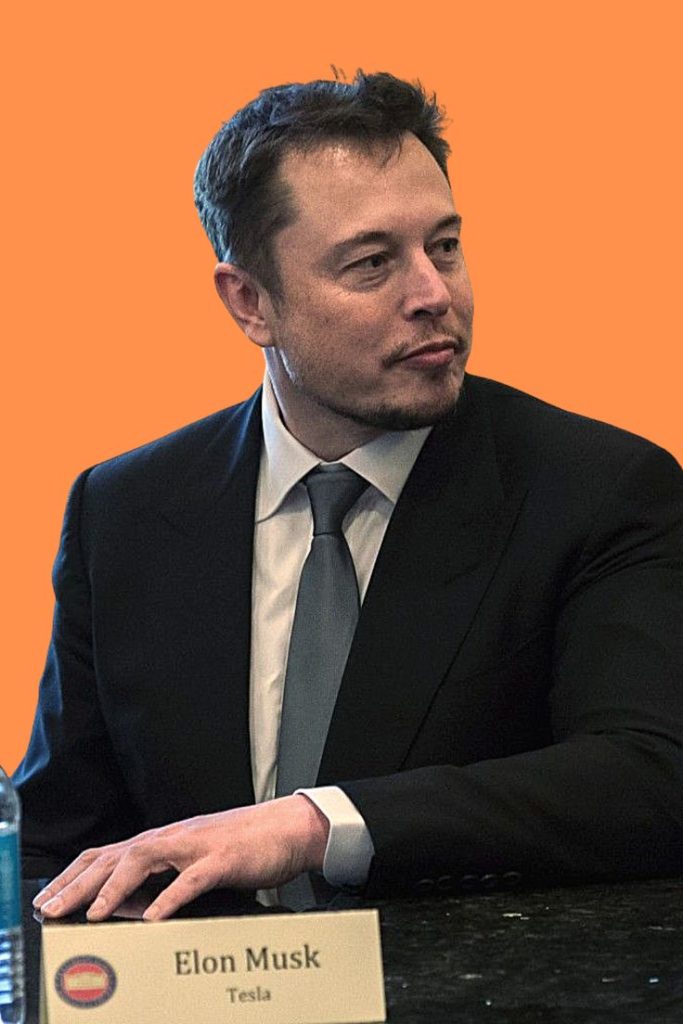Imagine waking up in New York, having lunch in Paris, and being back home in time for dinner—all in the same day. This once far-fetched idea is now within reach, thanks to Elon Musk and SpaceX. Musk recently claimed that it’s technically possible to travel to any city on Earth in under an hour. Here’s a deeper dive into how this futuristic vision could work and what it means for the future of transportation.

The Starship: The Rocket That Could Redefine Travel
At the center of this revolutionary concept is Starship, SpaceX’s fully reusable rocket system and the most powerful rocket ever developed. Originally designed to support missions to the Moon and Mars, Starship could be repurposed to connect major cities on Earth with unprecedented speed.
Here’s what makes it possible:
- Unmatched Speed: Starship can reach speeds of 27,000 km/h, dwarfing the capabilities of even the fastest commercial airliners, which top out at around 1,000 km/h.
- Suborbital Flight: By traveling through the edge of space, Starship bypasses atmospheric resistance, dramatically cutting travel times. This is how it could complete journeys like London to New York in 29 minutes (5,555 km) or London to Hong Kong in 34 minutes (9,648 km).
- Reusable Technology: SpaceX’s advancements in reusable rockets reduce costs and make frequent high-speed travel more viable.
How the Process Would Work
The concept for Earth-based rocket travel is as thrilling as it is futuristic:
- Departure: Passengers would board a boat to an offshore platform, where the Starship rocket is stationed.
- Launch: Starship would blast off, carrying passengers to their destination at incredible speeds, traveling through the edge of the Earth’s atmosphere.
- Arrival: The rocket would land on another offshore platform near the destination city, where passengers disembark and return to shore by boat.
This unique approach not only ensures safety by keeping launches and landings away from populated areas but also allows flexibility in connecting remote cities without requiring extensive airport infrastructure.
Why Musk Says “This Is Now Possible”
Musk’s bold claim came in response to a promotional video shared on X (formerly Twitter) that detailed how Starship could revolutionize travel. He simply replied, “This is now possible,” signaling that the technical foundations for this vision already exist.
The optimism is supported by SpaceX’s ongoing successes, including:
- Reusable Rockets: Starship has demonstrated its potential for safe and precise landings, a crucial factor for passenger travel.
- Cost Efficiency: SpaceX has reduced the cost of rocket launches dramatically through innovation and reusability.
- Global Expertise: With years of experience launching payloads and astronauts into space, SpaceX has built a reputation for reliability.
Check out the original video and Musk’s response here:
🔗 Original Tweet and Video
Challenges on the Horizon
While Musk’s claim is exciting, there are still significant hurdles to overcome before this vision becomes a reality:
- Regulatory Approvals: International aviation and spaceflight regulations would need to adapt to accommodate rocket-based passenger travel.
- Safety: Passenger safety would need to be proven over time, given the inherent risks of high-speed rocket launches.
- Infrastructure Development: Offshore platforms near major cities would require substantial investment and global cooperation.
- Cost Accessibility: Initially, the cost of such travel might be prohibitive for the average traveler, limiting it to high-net-worth individuals or urgent missions.
What This Means for the Future
If SpaceX can overcome these challenges, the impact on global travel would be transformative:
- Time Redefined: Imagine flying halfway around the world in the time it currently takes to commute across a large city.
- Globalization on Steroids: Businesses could operate in multiple global hubs in a single day.
- New Tourism Opportunities: Remote destinations could become accessible within minutes, opening up unprecedented travel possibilities.
While this vision is still in its infancy, it’s a glimpse of what our future could look like. Musk’s track record of turning ambitious ideas into reality—like reusable rockets and electric cars—makes it hard to dismiss this as pure fantasy.
Would you trust a rocket to take you halfway around the world in under an hour? Could this replace air travel as we know it? Let us know your thoughts in the comments below! 👇
Follow for more updates on groundbreaking innovations and the future of transportation! 🌟



Thank you for your sharing. I am worried that I lack creative ideas. It is your article that makes me full of hope. Thank you. But, I have a question, can you help me?
Your article helped me a lot, is there any more related content? Thanks!